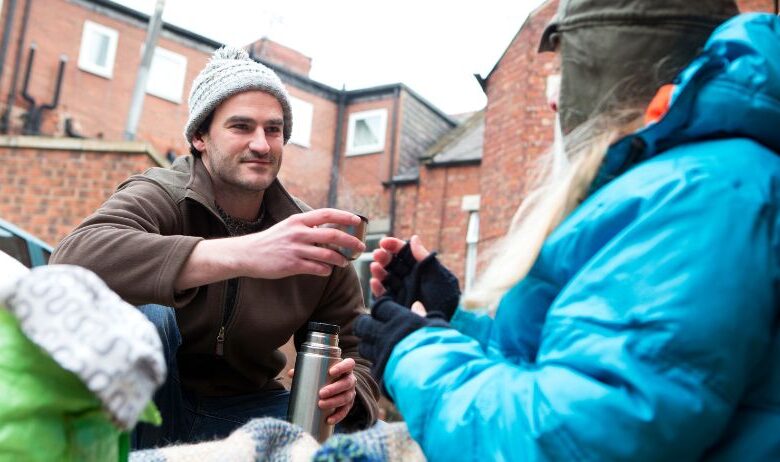The Ripple Effect of Generosity in Crisis Response

In moments of crisis, be it a natural disaster, a humanitarian emergency, or a global pandemic, the instinct to help often emerges swiftly and powerfully. People open their wallets, offer their time, and send messages of hope. But beyond these initial acts lies something even more profound: the ripple effect of generosity. One person’s decision to help can spark a chain reaction that multiplies impact far beyond the original gesture.
How One Act Becomes Many
Generosity is contagious. Studies have shown that witnessing an act of kindness makes others more likely to perform one themselves. In a crisis, when anxiety and uncertainty are at their peak, even a small act, like sharing a meal or donating blood, can inspire others to contribute. That single donation to a disaster relief fund might encourage a friend to give, which might then prompt an entire workplace or community to act.
What begins as an individual effort can rapidly grow into a movement. This chain of influence is what creates the ripple effect. And in a crisis, where urgency meets vulnerability, these ripples are more than symbolic—they save lives.
The Role of Community in Spreading Generosity
Communities play a central role in amplifying generosity. Social networks, both online and offline, provide platforms for sharing stories of need and resilience. When someone posts about their experience volunteering, others are encouraged to join in. When a neighborhood organizes a donation drive or fundraiser, it fosters a culture of giving that’s hard to ignore.
Even businesses and local organizations often follow suit. Restaurants might offer free meals, schools might run collection events, and places of worship might open their doors for shelter. These actions contribute to a web of support that goes well beyond emergency relief, offering long-term recovery and hope.
Real-World Impact: Disaster Relief
The ripple effect of generosity can be seen vividly in disaster response efforts. From wildfires and floods to hurricanes and earthquakes, timely and coordinated generosity is essential. Organizations on the frontlines rely not only on large donations but on the collective strength of many small ones.
For example, the American Red Cross harnesses the power of generosity every day to deliver emergency aid and long-term support. Their disaster relief services are made possible by individuals who choose to help, whether by donating, volunteering, or raising awareness. These contributions add up, enabling rapid deployment of resources and compassionate support for survivors.
Why It Matters Long After the Headlines Fade
Crisis moments make headlines, but recovery takes time. The ripple effect of generosity ensures that help continues to flow even after media attention moves on. When people give not just once but continue to support affected communities, it helps rebuild lives, restore dignity, and renew strength.
Moreover, the impact isn’t limited to the recipients. Givers, too, experience emotional benefits. Studies show that acts of kindness reduce stress, improve well-being, and foster a sense of connection. In many ways, generosity in crisis isn’t just about aid; it’s about solidarity.
Final Thoughts
In a world where crises often feel overwhelming, generosity reminds us of our shared humanity. One person’s choice to give can inspire many, leading to widespread support, healing, and hope. The ripple effect is real, and in the face of disaster, it’s often the quiet force that holds communities together.
Whether you offer time, resources, or simply spread the word, your contribution matters. And as countless examples have shown, even the smallest act can make waves.
Related
Source link

